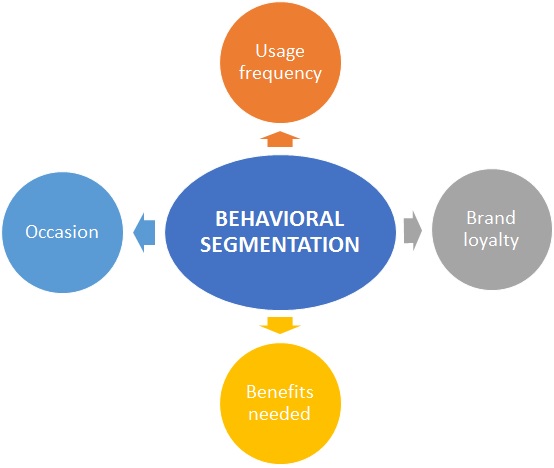
- #Define client base software
- #Define client base code
- #Define client base Pc
- #Define client base download
The difference is that these resources are housed on the central server instead of on their individual devices. Each of these users has their own applications and operating system, similar to when they use a normal PC.

Several partitions exist side by side, and each one serves a different user. NComputing is a popular desktop virtualization solution. With a virtualized desktop setup, including one where each user has a remote desktop, each individual desktop exists within a virtual machine, which is simply a partition inside a centralized server. The server used for the various thin clients in the office can also be used as a full-fledged virtual desktop base, giving seasonal workers or temporary contractors a simple way to connect and get work done.Ī thin client is used for desktop virtualization, shared services, or browser-based computing. In addition to the benefits typical of a thin client setup, a virtual desktop environment enables you to allow users to bring their own device. Scalability: Using thin client architecture, you can easily scale up through the deployment of virtual desktops.This eliminates the need for IT staff to visit individual workstations for installation or troubleshooting.
#Define client base software
Because one IT team member can handle routine tasks such as upgrading security software at the central server, several users can be serviced at once.

This means you can focus much of your management efforts on that one physical unit.
#Define client base Pc
Because thin client manufacturers do not have to invest as much in sourcing the various piece that a regular PC would require, they can pass these savings on to the consumer. Each of these components comes with considerable cost. A thin client will not have a high-end graphics card, for example, or an expensive hard drive for storage. Thin clients do far less work than regular PCs, and therefore, they need fewer resources.
#Define client base code
If the server is protected, getting the malicious code onto it will be impossible, thereby protecting all thin client users from having their operations interrupted by malware they accidentally installed. Also, if someone tries to save data corrupted with malicious code, they will be unable to do it on the thin client computer itself.
#Define client base download
This means that if three users were to accidentally begin a download of three different kinds of malware, they could all be blocked by the same firewall protecting the server each thin client is connected to. The thin client itself is incapable of running software unless it has been authorized at the server level.

However, a thick client also comes with more features. Also, cooling down several thick clients may require more fan power than cooling a central server that provides for several thin clients, resulting in additional energy expenses. Thick clients consume more energy because each individual component has to be powered. For example, they are harder to maintain and are more likely to break down earlier, particularly because each component has its own individual life cycle. Also, a thick client has many more moving parts, which results in additional disadvantages. With a thick client, you have an all-in-one system, and hence, you have to pay for the various components that come with it. While thick clients are simpler in some ways, they also come with drawbacks.Ī thick client costs more to deploy. A thick client performs all of its data processing on its own. A thick client, or fat client, is what most would consider a “typical” PC or central processing unit (CPU).


 0 kommentar(er)
0 kommentar(er)
